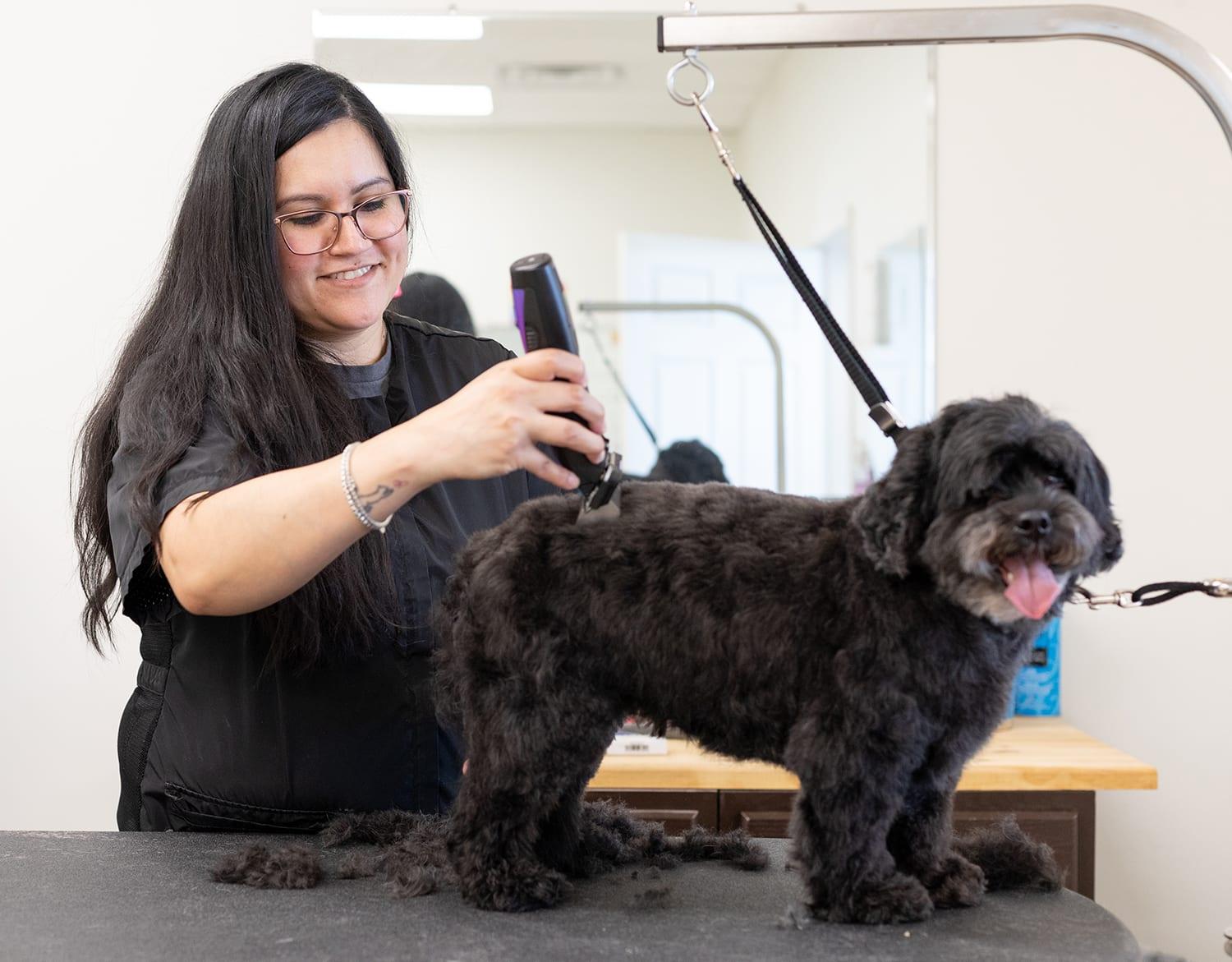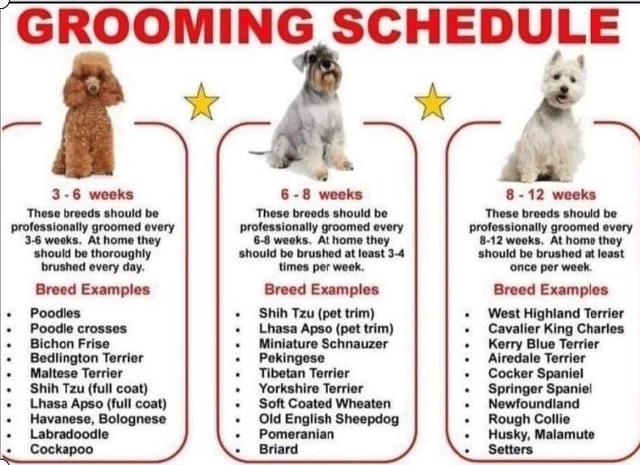Creating a grooming schedule for your dog is not just about maintaining their appearance; it’s an essential part of their overall health and well-being. Just as every dog is unique, so too are their grooming needs, which can vary significantly across different breeds. Whether you’re a seasoned pet owner or a new dog parent, understanding how to tailor grooming routines to suit your dog’s specific breed can make all the difference in keeping them comfortable, healthy, and happy. In this guide, we’ll explore the intricacies of grooming schedules, offering practical tips and insights on how to adapt your approach to meet the distinct requirements of various breeds. With a warm, nurturing touch, we aim to equip you with the knowledge to ensure your furry friend looks and feels their best, all year round.
Understanding Your Dogs Unique Grooming Needs
Every dog is a unique individual with grooming needs as diverse as their personalities. Understanding these requirements is crucial to keeping your furry friend healthy and happy. While some breeds may enjoy a simple bath and brush, others might require more meticulous care. Here are some factors to consider:
- Coat Type: Dogs with long or curly hair, like Poodles or Shih Tzus, often need frequent grooming to prevent matting and tangles. Short-haired breeds, such as Beagles or Boxers, may require less frequent brushing but still benefit from regular baths to keep their coat shiny.
- Skin Sensitivity: Breeds with sensitive skin, such as Bulldogs or Basset Hounds, may need specialized shampoos and conditioners to prevent irritation. Always check with your vet before trying new grooming products.
- Shedding Patterns: Breeds like Huskies or German Shepherds are notorious shedders, especially during seasonal changes. Regular grooming helps manage shedding and keeps your home a little less furry.
By taking these aspects into account, you can develop a grooming routine that suits your dog’s specific needs, ensuring they not only look their best but feel great too. Regular grooming is not just about aesthetics; it’s a vital part of their overall health care. Always keep your dog’s comfort and well-being at the forefront of your grooming schedule.

Customizing Grooming Frequency for Optimal Health
Understanding the unique grooming needs of your dog’s breed is key to maintaining their health and happiness. Some breeds, like Poodles and Shih Tzus, require frequent grooming due to their continuously growing hair, which can easily become matted. On the other hand, short-haired breeds like Beagles and Dalmatians may only need a monthly grooming session to manage shedding and maintain their coat’s shine. Recognizing these differences can help you establish a grooming routine that fits your dog’s specific needs.
To customize a grooming schedule that best supports your dog’s health, consider the following factors:
- Coat Type: Dogs with longer or double coats may require more frequent grooming to prevent tangles and mats.
- Activity Level: More active dogs might need more regular baths to manage dirt and odors.
- Health Conditions: Dogs with skin issues may benefit from more regular grooming to monitor and manage their condition.
- Seasonal Changes: Adjust grooming frequency during shedding seasons to help control loose hair and dander.
By considering these elements, you can create a personalized grooming schedule that not only keeps your furry friend looking their best but also supports their overall well-being.

Tools and Techniques for Breed-Specific Grooming
Understanding the unique grooming needs of different dog breeds is essential for keeping your furry friend looking and feeling their best. Each breed comes with its own set of grooming challenges and requirements, from the luxurious coats of Afghan Hounds to the low-maintenance fur of Beagles. To effectively tailor grooming schedules, consider the following tools and techniques:
- Brushes: Use a slicker brush for breeds with dense undercoats like Huskies, while a bristle brush works wonders for short-haired breeds such as Boxers.
- Clippers: For poodle mixes or any breed that requires frequent trims, invest in high-quality clippers that can handle thick and curly coats.
- Shampoo: Select breed-specific shampoos that cater to your dog’s skin and coat type. Hypoallergenic shampoos are great for sensitive-skinned breeds like the American Bulldog.
- Combs: Fine-toothed combs are ideal for removing tangles in long-haired breeds like Shih Tzus, while a wide-toothed comb can help manage the wavy fur of breeds like Portuguese Water Dogs.
By understanding these tools and techniques, you can create a grooming schedule that not only maintains your dog’s appearance but also contributes to their overall health and well-being. Each breed has its own rhythm, and by embracing their specific needs, you can ensure a happier and more comfortable grooming experience for both you and your dog.
Creating a Stress-Free Grooming Routine for Your Pet
Every dog breed has its own unique grooming needs, and understanding these can make a world of difference in maintaining a harmonious grooming routine. Long-haired breeds, like the Afghan Hound or the Shih Tzu, require frequent brushing to prevent mats and tangles. Aim for daily sessions with a slicker brush to keep their coats looking pristine. On the other hand, short-haired breeds, such as the Beagle or the Boxer, benefit from weekly brushing to remove loose hair and stimulate their skin’s natural oils. Using a bristle brush or grooming mitt can make this process a breeze.
- Double-coated breeds like Huskies or Golden Retrievers: Regular de-shedding is crucial. Use an undercoat rake to manage seasonal shedding.
- Wire-haired breeds such as Terriers: Trimming every 4-6 weeks helps maintain their coat’s texture. Consider hand-stripping for a show-quality finish.
- Hairless breeds like the Chinese Crested: Minimal brushing needed, but regular bathing is essential to keep their skin healthy.
By tailoring your grooming schedule to suit your dog’s breed-specific needs, you can transform grooming time into a stress-free bonding experience that your pet will look forward to.

